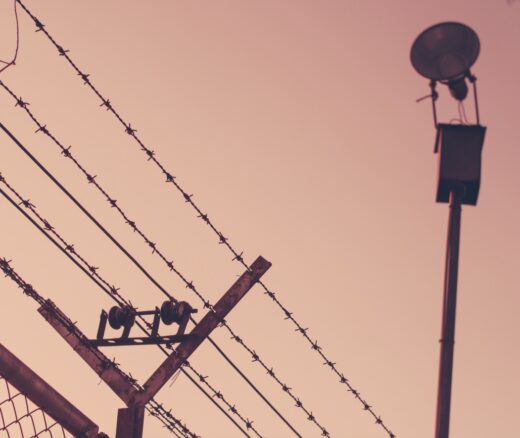
Analysis of the Rural Health Transformation Program
Memo: Response to Request for Analysis
Blog Post

It has been nearly 25 years since the National Academy of Medicine (NAM) declared patient-centered care as a central aim to improve the health system, with patient surveys seen as a key tool. Progress has come with the continuing growth of a national measure of patient experience, called the Consumer Assessment of Healthcare Providers and Systems (CAHPS) family of surveys, helping to drive care improvements, much evidence suggests.
But the goal of 2001 remains unfulfilled. Many patients do not have good experiences, notes Ingrid M. Nembhard, Professor of Health Care Management at The Wharton School at Penn and LDI Senior Fellow. Unfortunately, many patients still receive care in systems where their feedback on issues important to them is not systematically collected and used to inform improvement efforts. Since the pandemic, executives have seen rising skepticism and falling response rates in surveys, leading some to reduce the staff and resources for such work. (The next CAHPS research meeting to share best practices is set for Sept. 18.)
Nembhard, though, sees this as a pivotal moment with the arrival of powerful tools like artificial intelligence (AI) pushing the goal of patient-centered care. AI, she says, can fill communication gaps by answering patients’ questions in a timely way via chatbots. AI may also help with the analysis of existing records and assist caregivers with identifying themes and creative ideas in patients’ survey responses.
“If organizations use the data and make patients aware of changes tried because of their survey data, patients will engage,” she says. “They will know that their responses and their voice matter, and that is engaging. Their engagement is another path to system improvement.”
Nembhard and her team made five recommendations to improve patient surveys in a JAMA Health Forum viewpoint published on May 30. The field sits at “an inflection point” when more integrated approaches for measurement and improvement are urgently needed, the team wrote. Here’s a summary of their recommendations.
To update surveys like CAHPS, we need real conversations among the people who use and are affected by them. A regular national forum, assembling patients, providers, policymakers, and technologists, could trigger the collaborative innovation that makes these tools more useful.
Patient experience shouldn’t be split between what satisfies regulators and what improves care. By aligning how we measure experience for both accountability and quality improvement, we can create a feedback loop where regulatory metrics drive meaningful change—and vice versa.
Too many health care organizations are priced out of collecting high-quality patient feedback. The Centers for Medicare & Medicaid Services and other agencies must step in to fund and support survey methods that are inclusive, affordable, and representative of all communities, especially those historically underserved.
Closed-ended survey questions tell part of the story—but patient narratives, interviews, focus groups, and journey mapping offer a deeper view into what needs fixing and how. With the thoughtful use of AI, we can unlock powerful insights from this qualitative data to drive more human-centered care.
Improving patient experience shouldn’t be a side project—it should be a strategic priority. When health systems treat experience as integral to quality and safety, and when leaders show how patient feedback is used, it builds trust, improves care, and even supports the well-being of clinicians and staff.
More details on these recommendations are available here.
The paper ,“Strengthening Patient Experience Measurement and Improvement,” was published May 30, 2025 in JAMA Health Forum. Authors include Richard Evans, Dale Shaller, Susan Edgman-Levitan, Ingrid M. Nembhard.


Memo: Response to Request for Analysis

Lessons from the Past, Imperatives for the Future

A New Study of a Sample of Facilities Found Half Without Any Behavioral Health Staff

Physicians Were Paid About 10% Less for Visits Involving Black and Hispanic Patients, With Pediatric Gaps Reaching 15%, According to a First-of-Its-Kind LDI Analysis

A New Review Finds Hospital Mergers Raise Prices Without Improving Care, and Urges Regulators to Stop Accepting Quality Claims to Justify Consolidations

Technology Helps Older Adults Stay at Home—But May Delay Necessary Transitions to Higher Levels of Care